Statistics for Management: A Report on Samsung's Business Strategies
VerifiedAdded on 2023/01/19
|18
|1193
|21
Report
AI Summary
This report provides an overview of statistics for management, focusing on data collection, analysis, and interpretation. It defines key statistical concepts, including descriptive and inferential statistics, and explores various statistical methods like mean, correlation, and regression. The report also differentiates between primary and secondary data, samples, and populations. A significant portion of the report analyzes Samsung's business, highlighting the value of statistical methods in making informed decisions related to finance, marketing, and overall business performance. It includes key findings using regression analysis for Microsoft and Apple. The report emphasizes the importance of systematic data collection and the use of statistical tools to gain a competitive advantage in the electronic business market. The report concludes by showcasing the practical application of statistical techniques to improve business strategies and performance, using Samsung as a case study.
1 out of 18
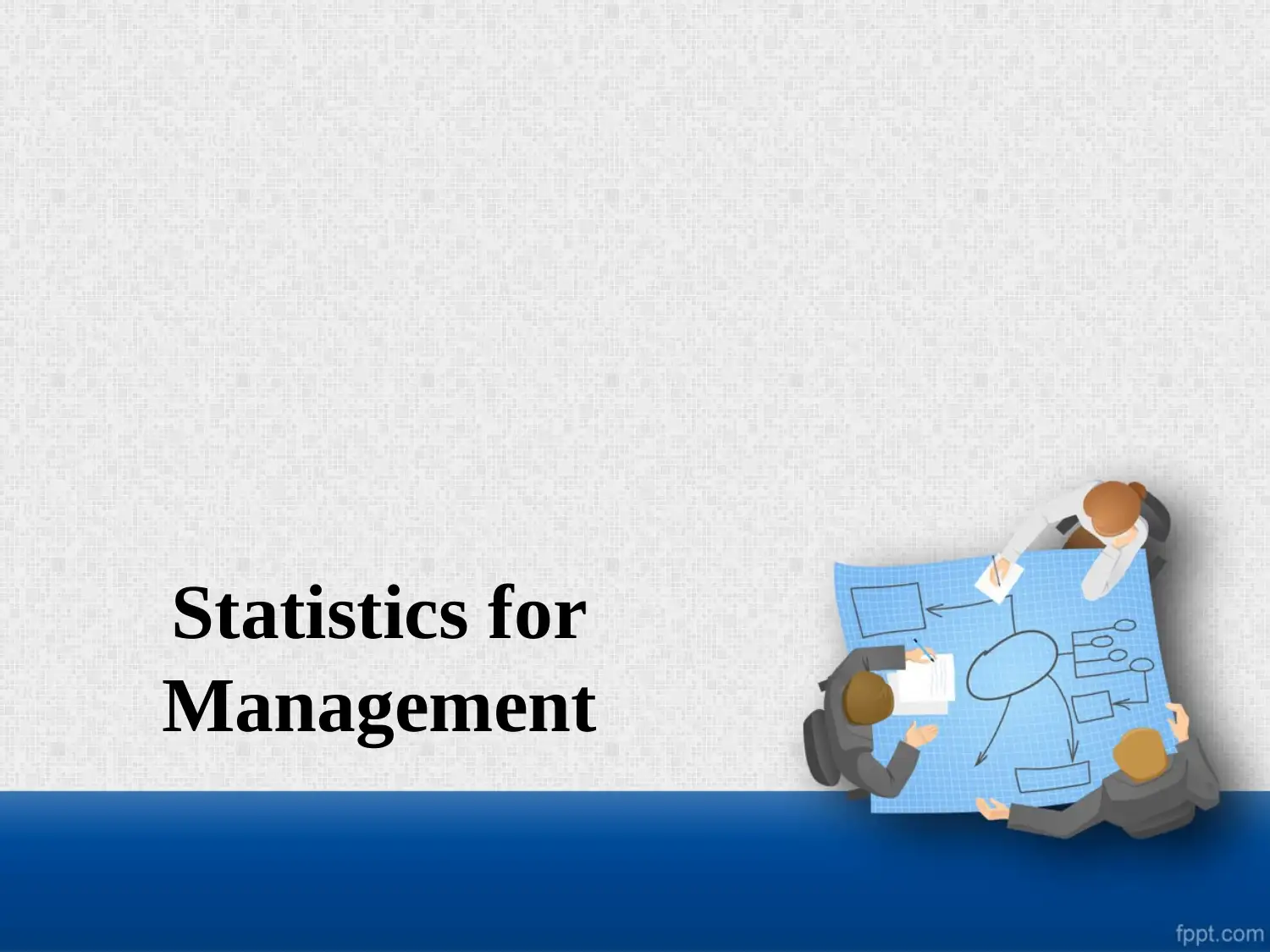
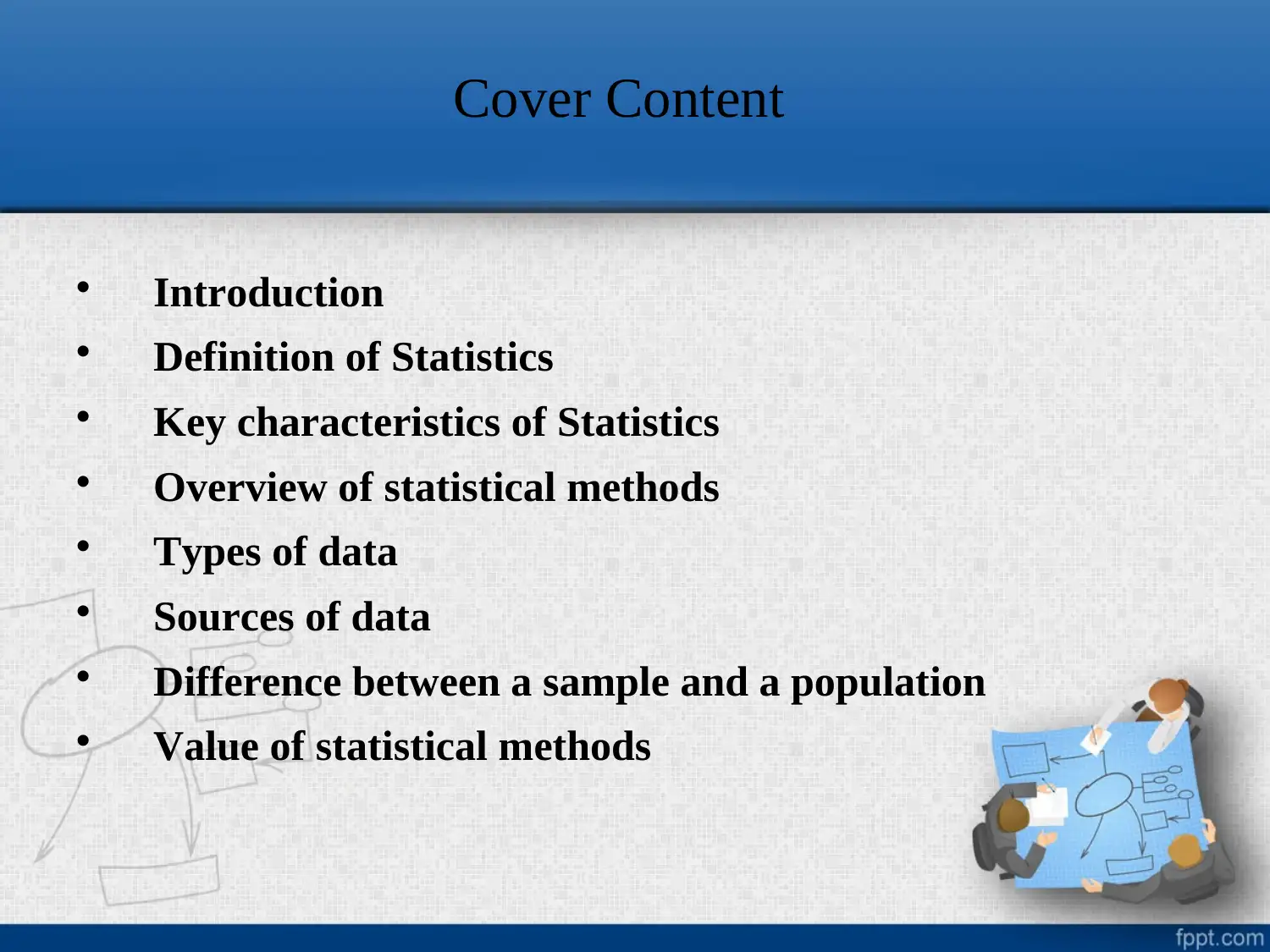
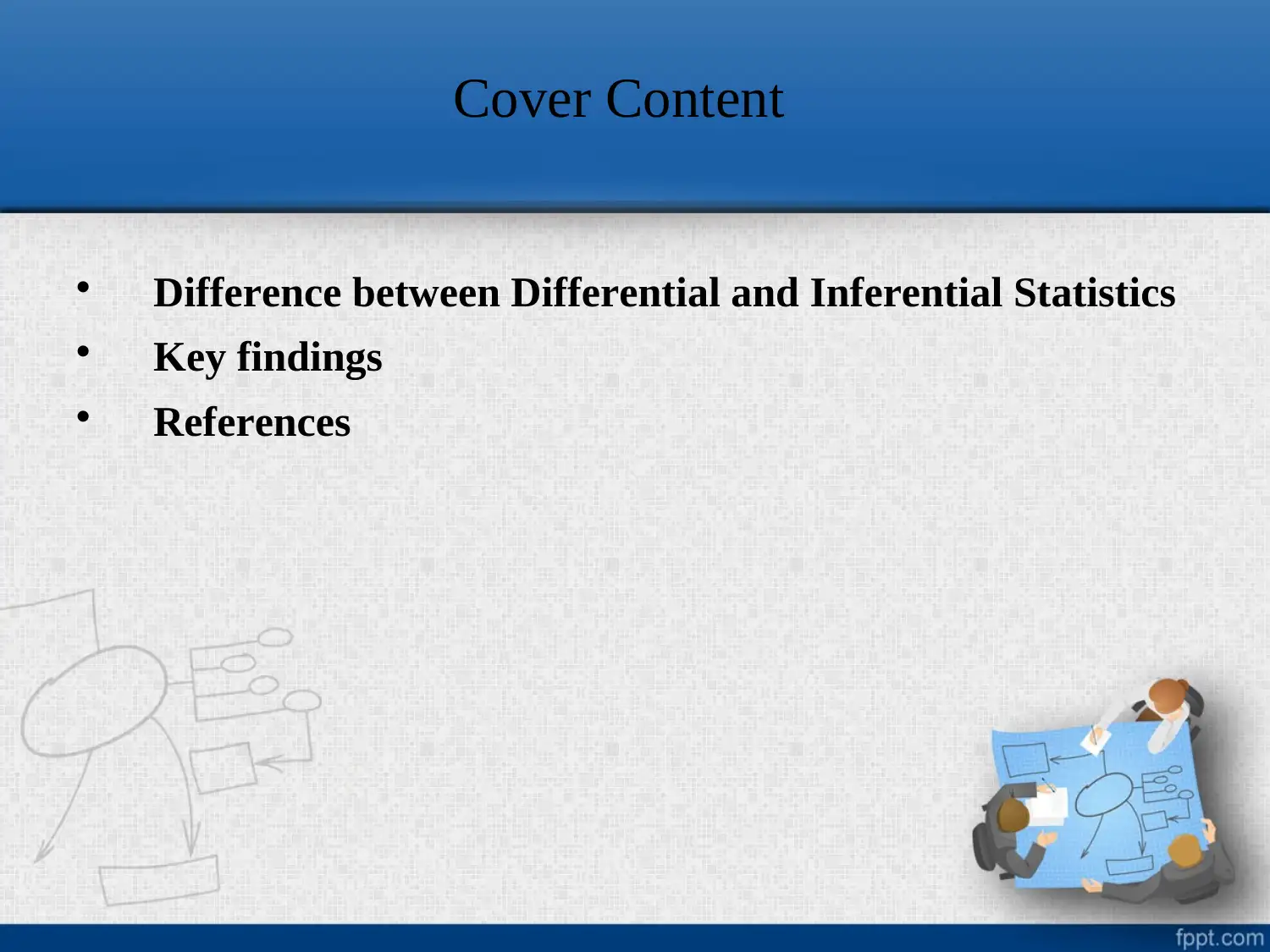

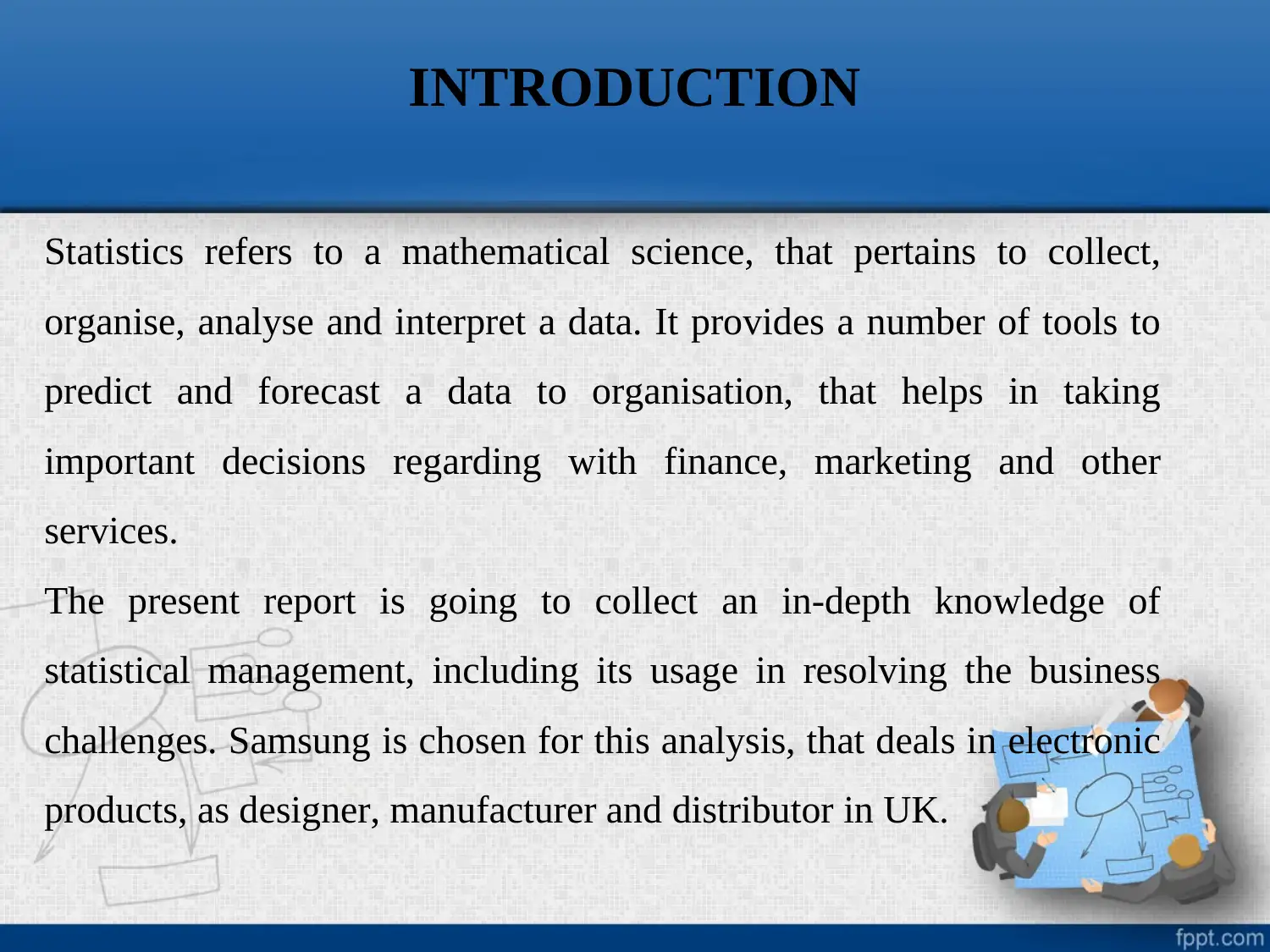
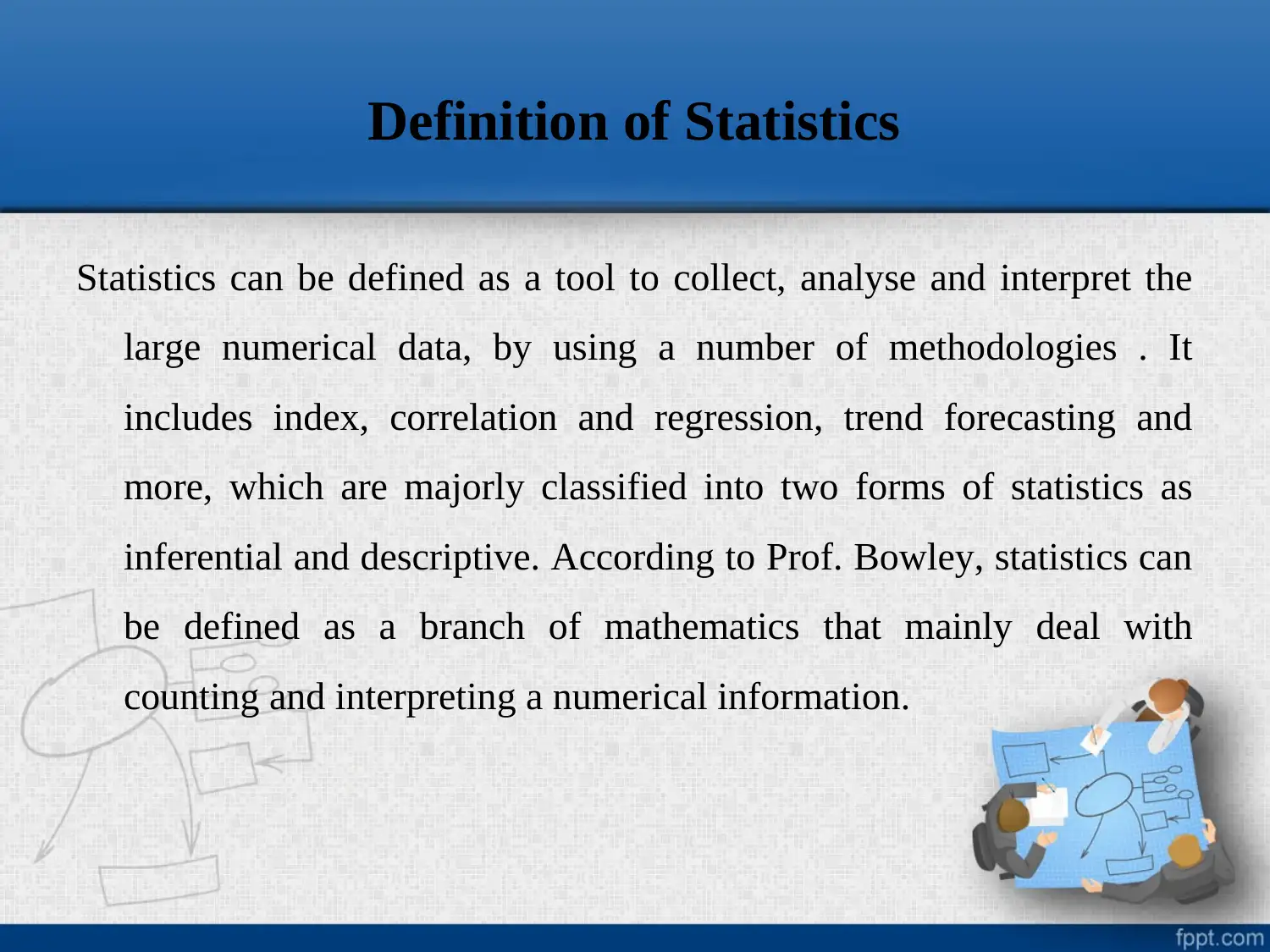
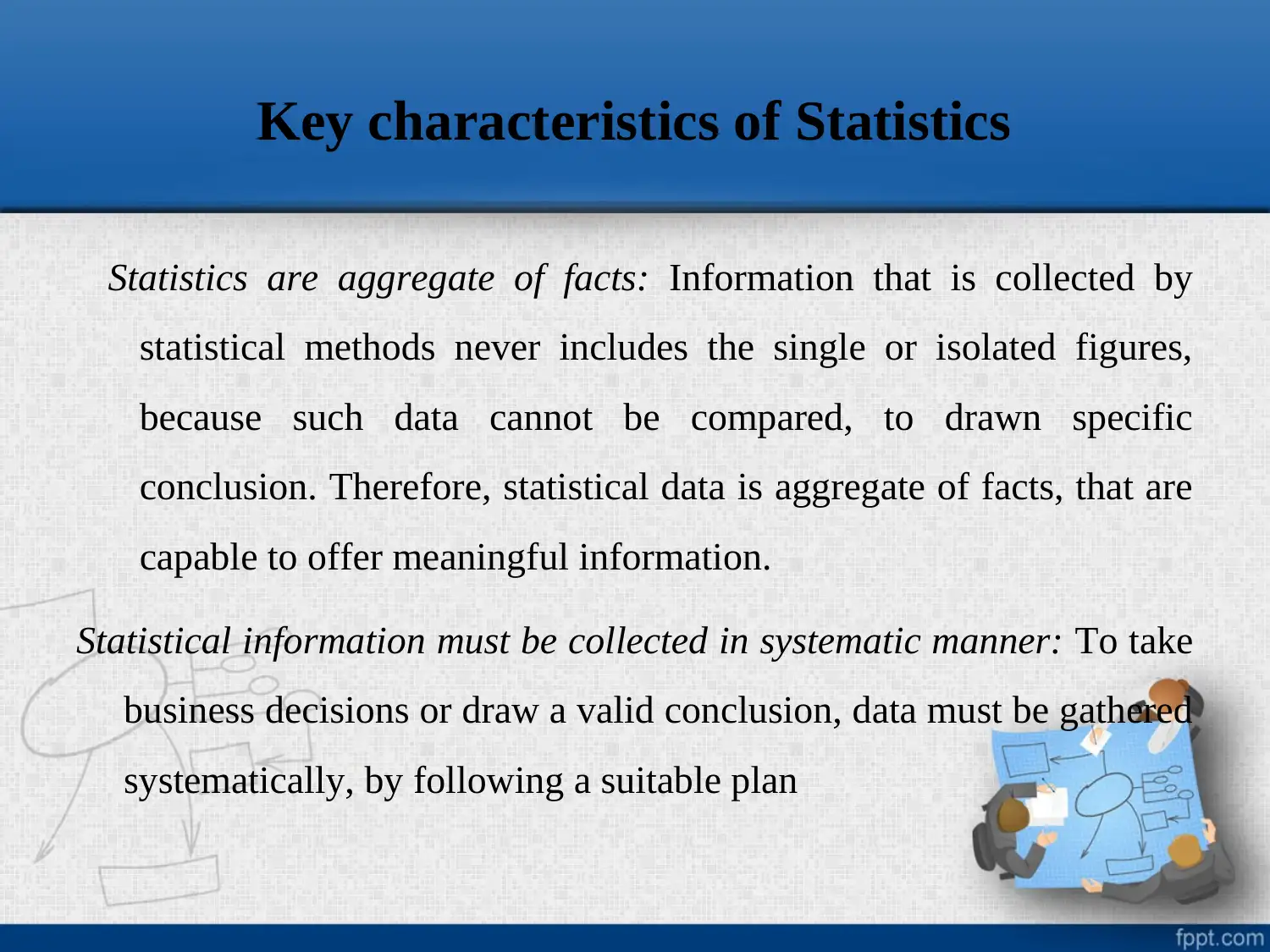
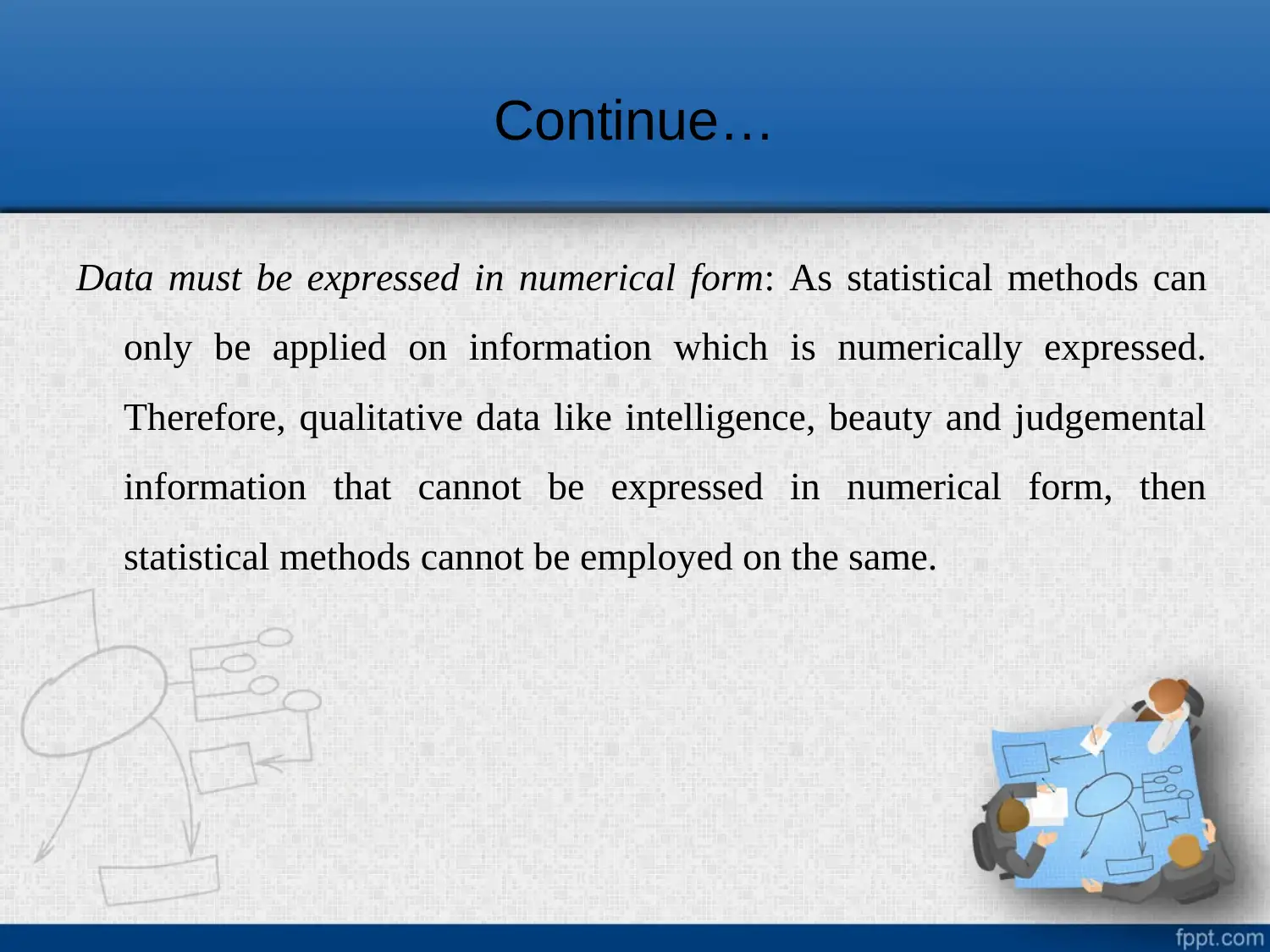
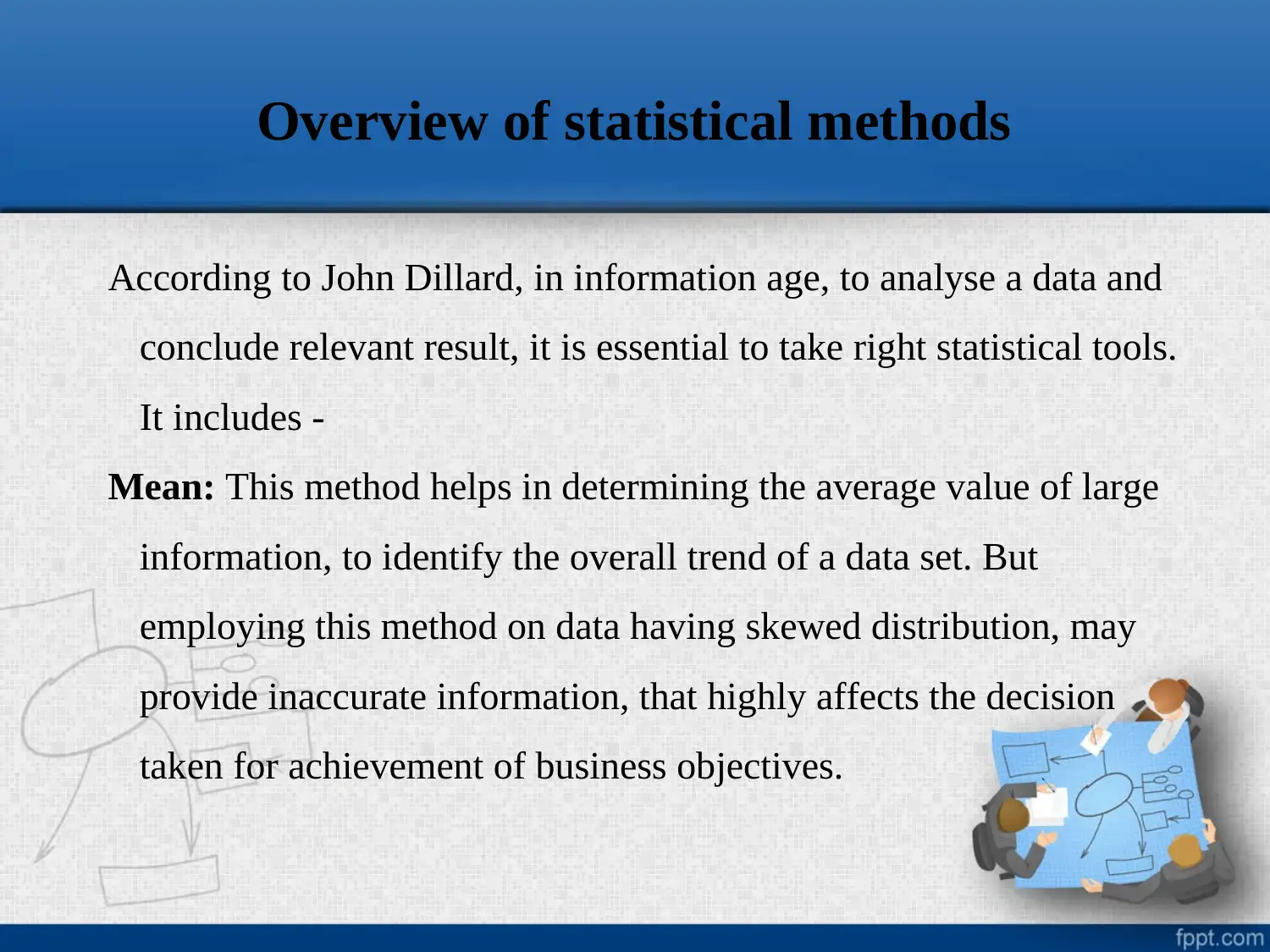
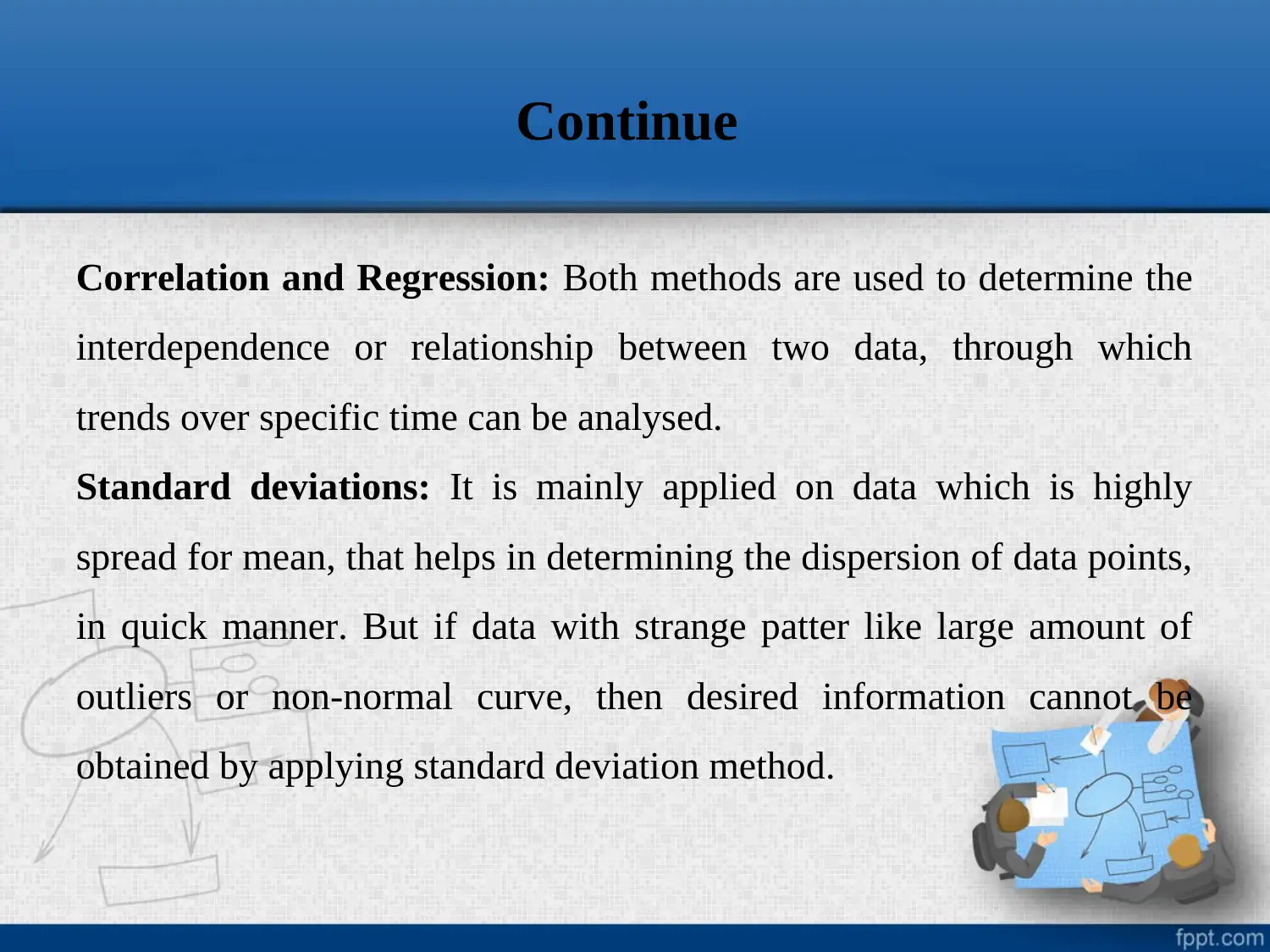
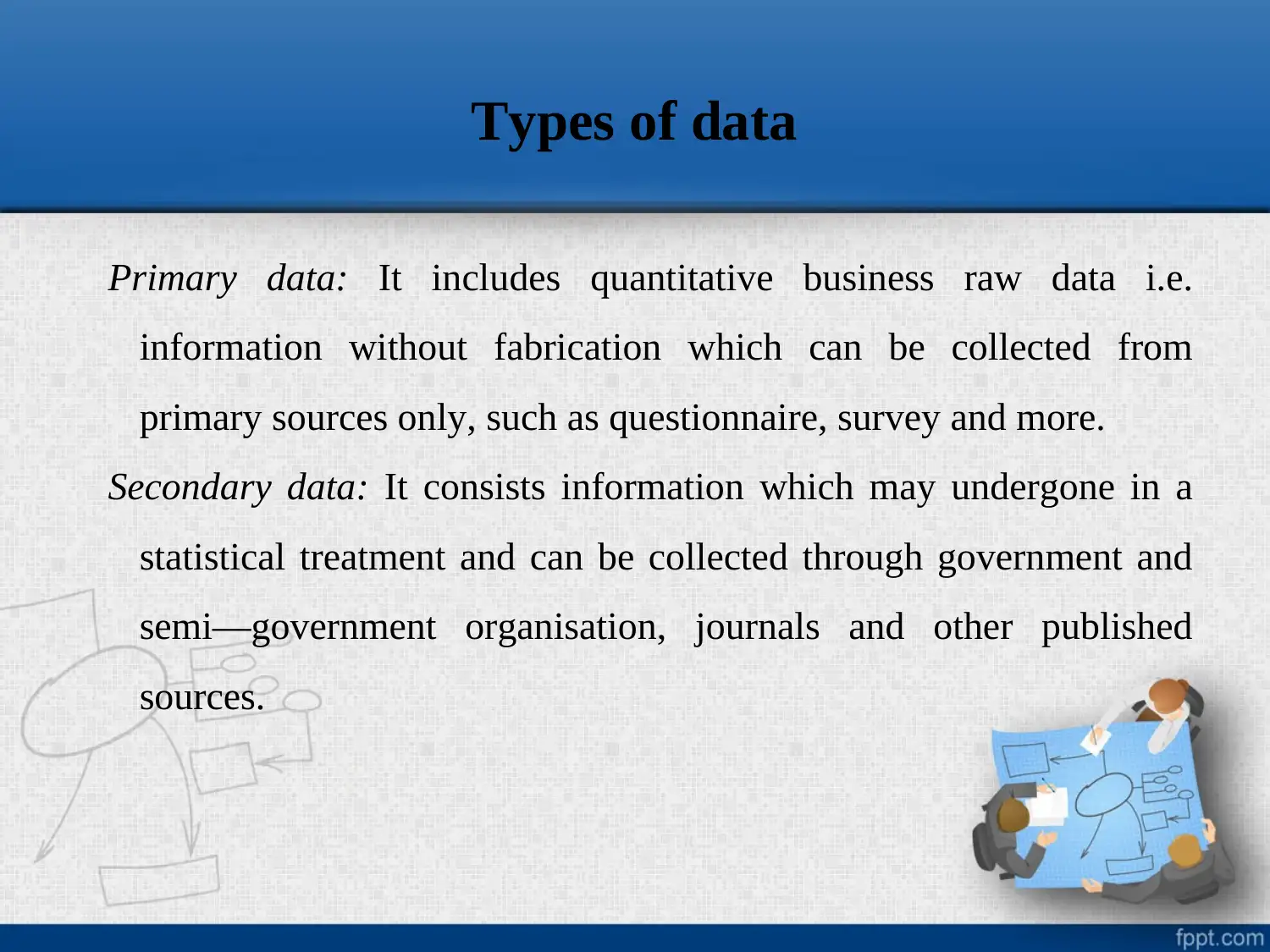
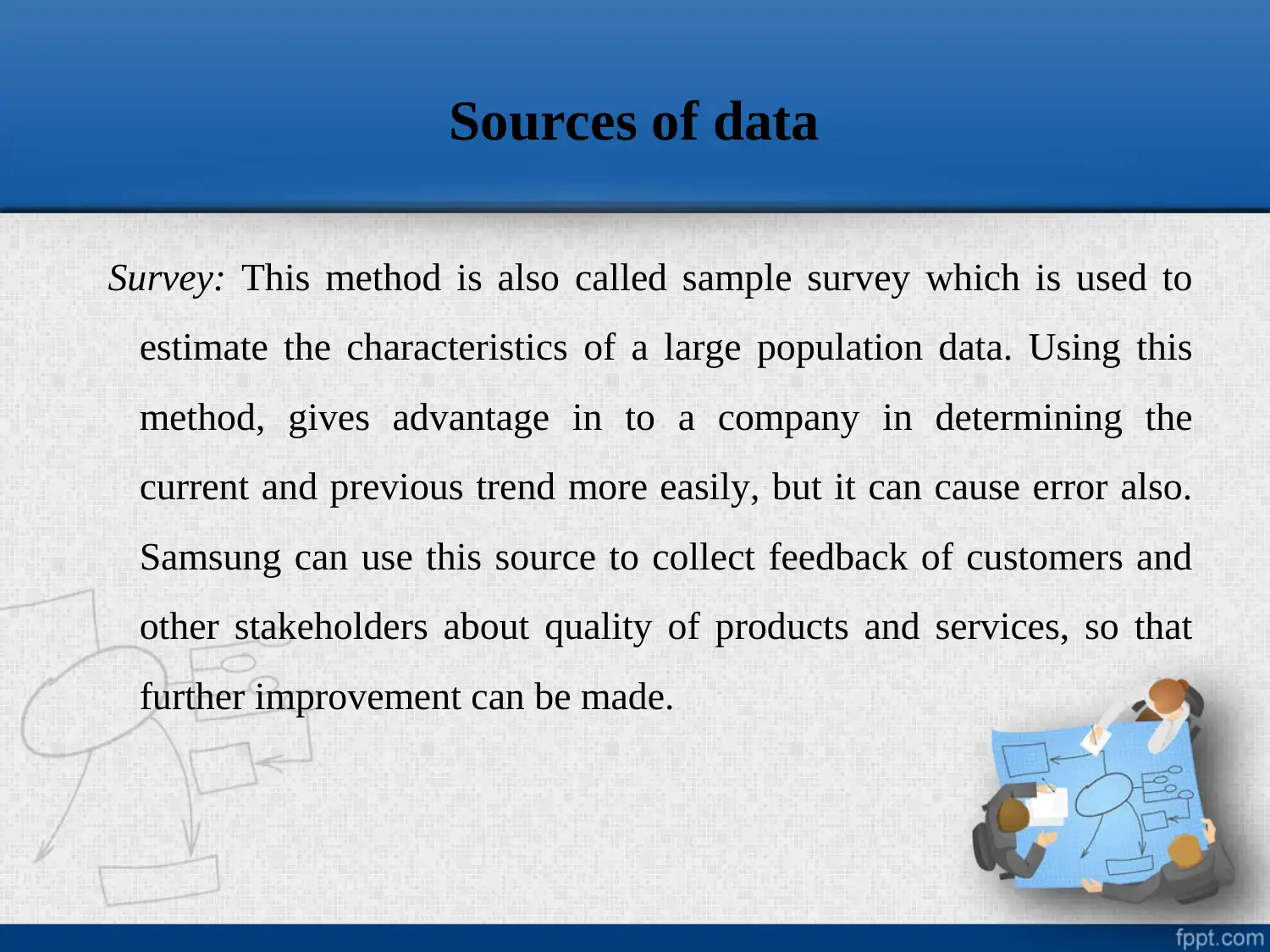
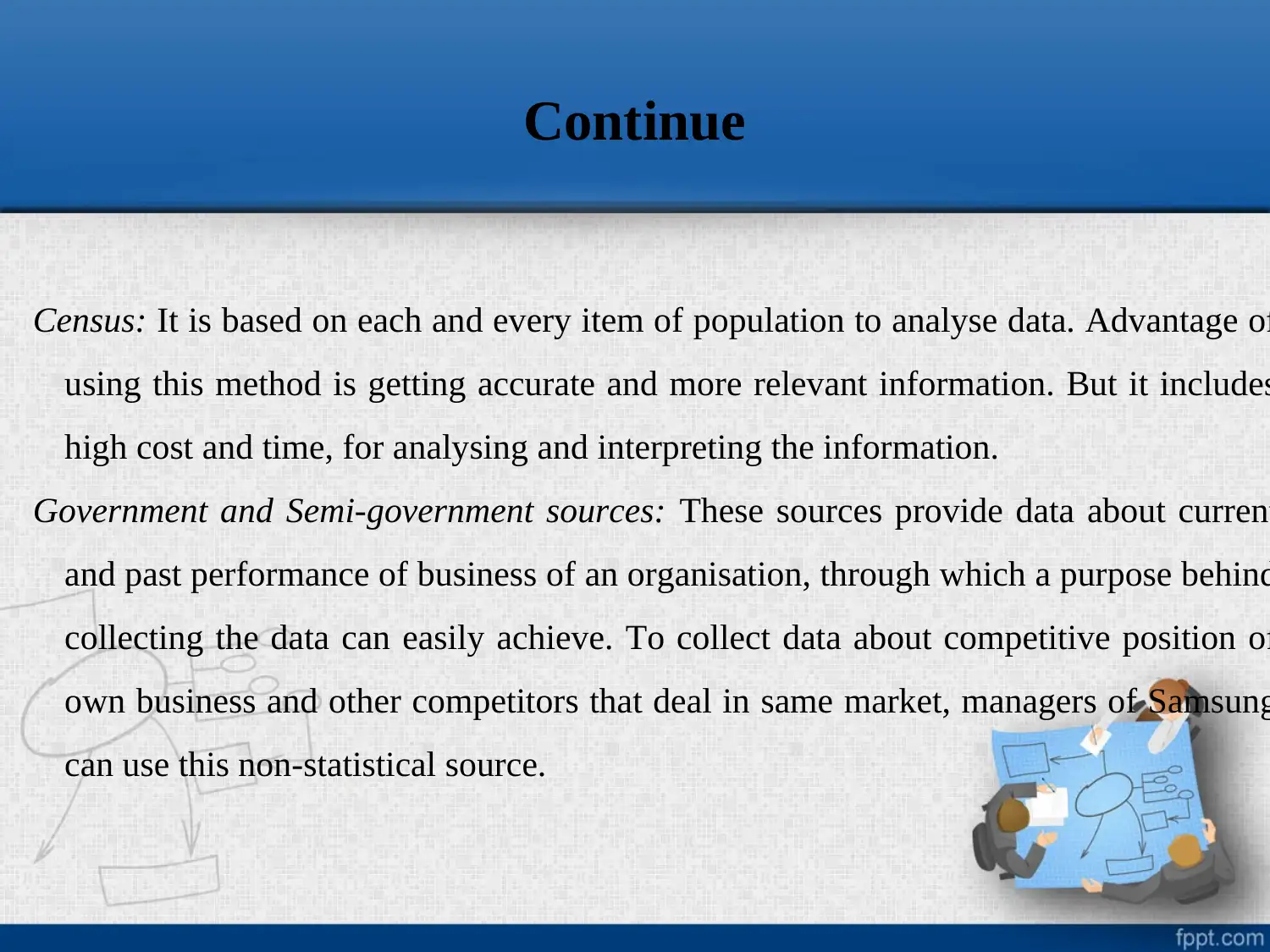






![[object Object]](/_next/static/media/star-bottom.7253800d.svg)